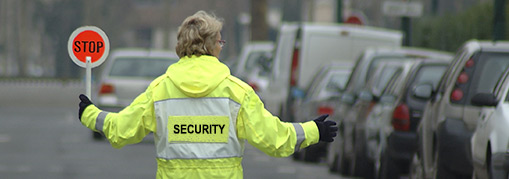
According to the 2010 WI School Safety Act, all school districts are required to create a school safety plan and conduct drills on the safety procedures included in the plan. Preparation and coordination of your drills are critical. A properly conducted drill ensures that all the right steps are taken, whereas an unstructured drill can lead to crucial mistakes during an actual emergency. Schools will be back in session soon so now is the time to review your plans and set your drill schedule.
Common Mistakes
When schools rush into performing emergency exercises, they often encounter the following problems:
- Exercises are conducted without any defined objectives
- Scenarios are too complex to manage successfully
- Inadequate time is allotted for exercise interaction
- An accurate critique of the exercise is not completed afterward
- Emotional impact on the participants is not considered
- Safety of participants is not addressed properly
- Exercise is planned and initiated too quickly
- Some critical agencies are not included
- After–action recommendations are not implemented
Preparing for a Drill
The best drills occur when you are prepared. Before implementing drills, review previous drills and any feedback received from staff and emergency personnel. Make any necessary changes or tweaks based on this feedback. Look up your state’s laws to determine how many drills are required. This will allow you to better plan each drill and space them throughout the year.
When developing drills, it’s best to develop a response-based drill, such as an evacuation procedure drill, rather than a hazard-based drill, like a fire drill. Response-based drills are more effective because it better equips staff and students to apply a plan for any emergency since multiple hazards can have the same response. Some other response-based drills include reverse evacuation, lockout, lockdown, clear the halls and shelter-in-place.
No Time for an Announcement
Don’t announce to your staff and students when you plan on conducting a drill. If you have students and/or employees who require advanced warnings, only let them know the day the drill will occur not the exact time and type. This makes it feel more like a simulation of a real-life emergency. Try not to address multiple plans when running the drill instead, practice just one procedure. Drills should also be performed under a variety of conditions and during different times of the year.
Escape routes should be printed and displayed in a visible area in all rooms of the building. This keeps the routes fresh in staff and students’ minds and provides a reminder when a drill or an actual emergency happens. There should be different alarms/non-coded verbal communication for different emergencies and a second, distinct alarm/non-coded verbal communication to indicate that the emergency situation has been resolved.
Conducting Drills Effectively
When conducting a drill, take some time to acknowledge any step in the drill that isn’t working, perfecting all steps, so participants know what to do in the case of a real emergency. During a drill, no one should be required or forced to exit through windows, run, tackle another person nor should anyone have to move or climb on furniture. Do not use simulated or real weapons in any drill.
Additional Information
Need more help with emergency drills? Check out our guide on Preparing for Emergency Drills and Exercises and FEMA's emergency planning exercises.
BROUGHT TO YOU BY EMC INSURANCE LOSS PREVENTION SERIES



